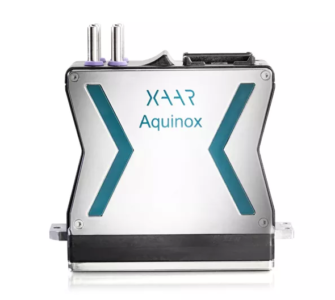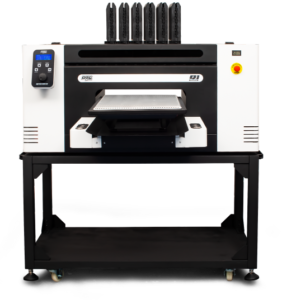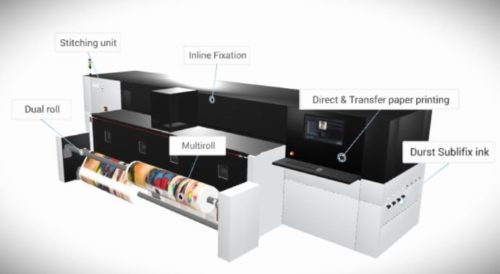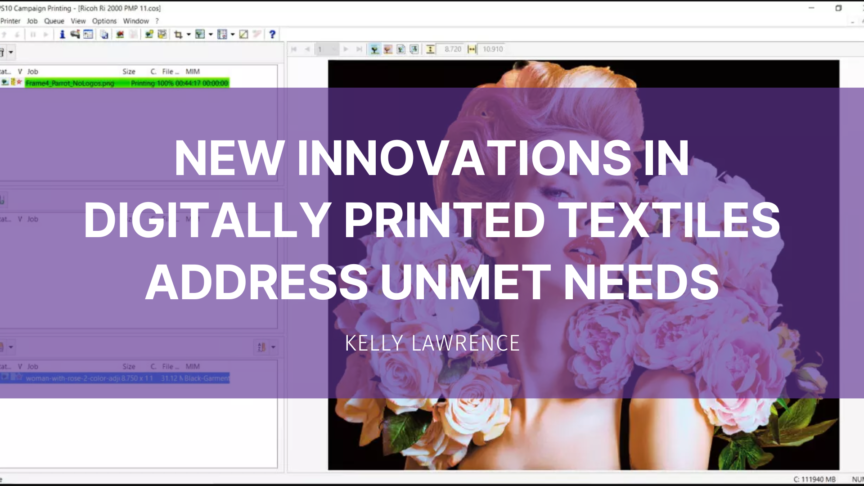What Is Innovation?
Innovation is a result-delivering-solution found at the intersection of customer unmet needs, organizational capability, and market viability. Some companies measure innovation as the number of patents held. Others look at the Vitality Index, the percentage of topline revenue that comes from new products. Still others consider the total number of ideas in their pipelines and a plethora of incremental stage gate dashboards.
I recently spoke to over 40 innovation leaders about innovation metrics. The consensus was a sense of frustration that the metrics are generally poor and often delivered too little too late. Dan Adams, President of The AIM Institute, agrees these metrics are short sighted and argues that companies should consider a new metric he calls “The Commercial Confidence Index (CCI)”. Adams defines CCI as knowing how much of an organization’s research and development new-product development spending is aimed at “known” customer needs versus assumed customer needs.
This article will explore a few of the latest digital textile printing innovations through the lens of the known problems in both garment decoration and roll-to-roll printing.
The Clogged Printhead Challenge
Clogged printheads are a nightmare for any operator. A clogged Kyocera KJ4B printhead, popular in wide format roll-to-roll machines, brings additional headaches in the form of high replacement costs. Fear of multiple clogged Kyocera print heads has prevented widespread adoption of sought-after water-based pigment inkjet printing. Pigment inkjet printing is desirable due to its potential environmental benefits combined with lightfastness properties of the inks. White ink, most commonly used on DTG machines, is also notorious for causing printheads to clog. White ink is a required base layer on dark colored fabrics to make images stand-out.
Xaar Aquinox Printhead for Water-based Printing Reliability
The Xaar Aquinox printhead may be an answer for some of these challenges. Xaar states that its patented aQ Power includes a novel drop ejection technique and other proprietary technologies that deliver enhanced reliability with water-based fluids. It is a recirculating head that claims reliable ink temperature regulation to eliminate ink density variations and nozzle blockages. The print head can jet viscosities up to 100cP and comes with a 720npi print resolution.

The Xaar Aquinox printhead designed to enhance the reliability of water-based inkjet printing in textile, packaging and ceramic applications. Source: Xaar.com
The Substrate Challenge in Garment Decoration
In garment decoration (e.g. t-shirt printing), it is well known that polyester and polyester blends have dominated the decorated t-shirt space. Demand for polyester and polyester blends continues to grow due to the substrate’s popularity for use in sports and exercise apparel. When it comes to printing processes, dye sublimation has dominated due to its ability to penetrate into light colored fibers. The problem is that dye sublimation does not work on dark colors. The ink merely dives into the dark fibers and the image is lost. Pigment printing was then employed to print on the dark fibers. However, pretreatments utilized in the process interacted with the dyed fibers and caused an undesired halo effect. Athletes still want dark colored shirts: vibrant reds, blacks, dark grays, emerald greens and so forth. There is also demand for notoriously hard-to-print-on, high-value products such as nylon, silk and leather. What’s a printer to do?
A Potential Solution with Limitations
The industry has seen a number of new offerings in direct-to-film printing as a means to broaden the substrates and colors a garment decorator can print on. Direct-to-film printing involves printing an image on demand and then utilizing a special powder and a heat press to apply the image to the desired substrate. For garment decorators, there is the promise of a good solution. However, it comes with the tradeoff of only being able to print on film.
Brother GTX and Its Reversal Driver
Rather than launch a new printer, Brother International introduced a new “reversal” driver for its GTX Series printers. This expands the substrate printing capability for these printers to include direct-to-film, polyester and leather. For those print houses seeking a printer that can print on multiple substrates, Brother may have hit the mark.
pigment.inc Hybrid DTG and DTF Printer
pigment.inc has launched DTG Digital ™ Q1 Hybrid as a combination direct-to-garment (DTG) and direct-to-film (DTF) printer. It is expected to expand the range of products that garment decorators can decorate within a 16 x 20 inch (410 x 500mm) print area. According to the company website, the printer can produce up to 50 dark garments per hour in production mode and 75 light shirts.

The Q Hybrid Series Printer from pigment.inc combining DTG and DTF printing in one platform promises to expand the range of products garment decorators can decorate utilizing the same machine. Source: pigmentinc.com
Ricoh DTG Printers Expand DTF Printing Capabilities
Ricoh also chose to expand the capabilities of its direct-to-garment printers by leveraging capabilities in the ColorGATE RIP software to enable garment decorators to add direct-to-film printing. This line of printers promises to expand decoration possibilities to dark 100% polyester, nylon, satin, leather and potentially other fabrics.

ColorGate RIP Software in combination with Ricoh direct-to-garment printers promises to expand substrate decorating possibilities for decorators. Source: Ricoh.com
The Operational Excellence Challenge in Roll-to-Roll Printing
Roll-to-roll textile printing continues to demand cost-effective, efficient processing. The challenges around creating a cost-effective, efficient process are different based on the ink technology used as each has different requirements. In other words, there is not a one size fits all solution. Let’s look at some contenders.
Durst P5 iSUB Simplifies Direct Sublimation Process
The Durst P5 iSUB enables direct dye sublimation and the required finishing to occur in-line. Previously, printing occurred in one process with fixation occurring as a separate process. A multi-step manufacturing process can detract from the quick-turn, on-demand value proposition of digital printing when its complexity adds time and cost. The P5 iSub was designed for the soft signage and printed polyester textile market. In addition to combining the print and fixation steps into an in-line system, the printer is touted to only require one operator, a presumed labor savings versus the old process.

The P5 iSUB Printer from Durst is a European Digital Press Award Winner and promises to streamline the direct dye sublimation printing process. Source: Durst.com
Konica Minolta NASSENGER 10e Simplifies Pigment Printing Process
Water-based pigment inkjet printing is desirable due to reduced post-processing steps, environmental impact and light fastness characteristics. One of the challenges in getting a great inkjet pigment print is that the ink dives into the substrate unless a pretreatment is applied first. Print houses either had to source ready-for-pigment-printing-substrates, thereby limiting substrate choice or the print house could apply pretreatment via an off-line process. Most off-line processes for pretreatment application happen in a traditional textile mill setting where run length matters. So suddenly that special order, 1 yard of textile comes with a requirement to pretreat 5,000 yards of material with no guarantee of selling the remaining 4,999 yards. This of course grossly undermined the value proposition of economic short runs with digital printing.
Konica Minolta NASSENGER 10e comes with an optional setup where additional printheads can jet the pretreatment in-line with printing. This enables the print house to apply pretreatment when needed in the precise amount needed and in precisely the right location. This simplifies the pigment inkjet printing process and enables the economic short run value proposition of digital printing once again. It also comes with an advantage around fabric feel. The entire fabric does not have to be pretreated, thereby the fabric has an easier time maintaining integrity throughout the print process.

Nassenger 10e from Konica Minolta promises to simplify pigment inkjet textile printing by offering an optional in-line jettable pretreatment option. Source: Konicaminolta.com
What Do You Think?
Do these innovations in garment decoration and roll-to-roll digital textile printing address unmet needs and market viability well enough to enable deeper market penetration of digital textile printing? Are there other pressing unmet needs that are holding back greater adoption of digital textile printing? One thing is certain, market needs will continue to evolve. Measuring performance over time and continuing to understand market unmet needs will inevitably lead to further innovations.
Is your organization innovating in the area of digital textile printing? We’d love to hear your thoughts

